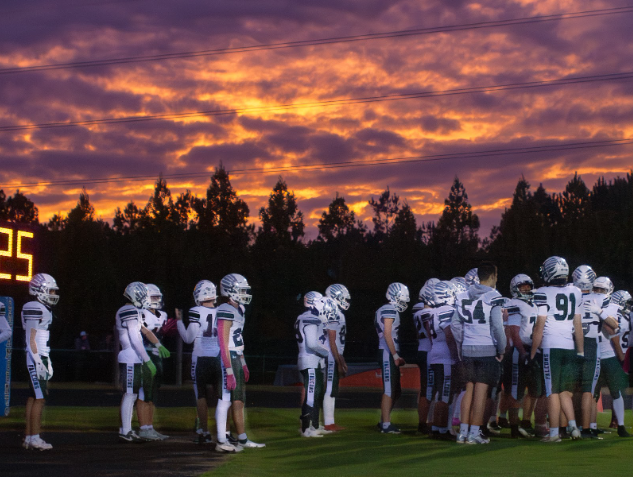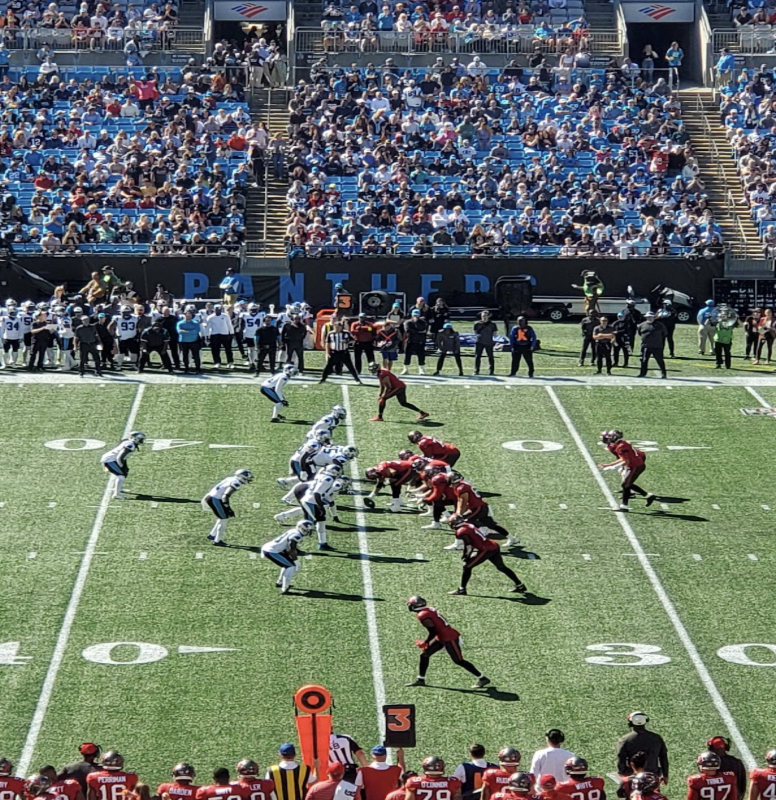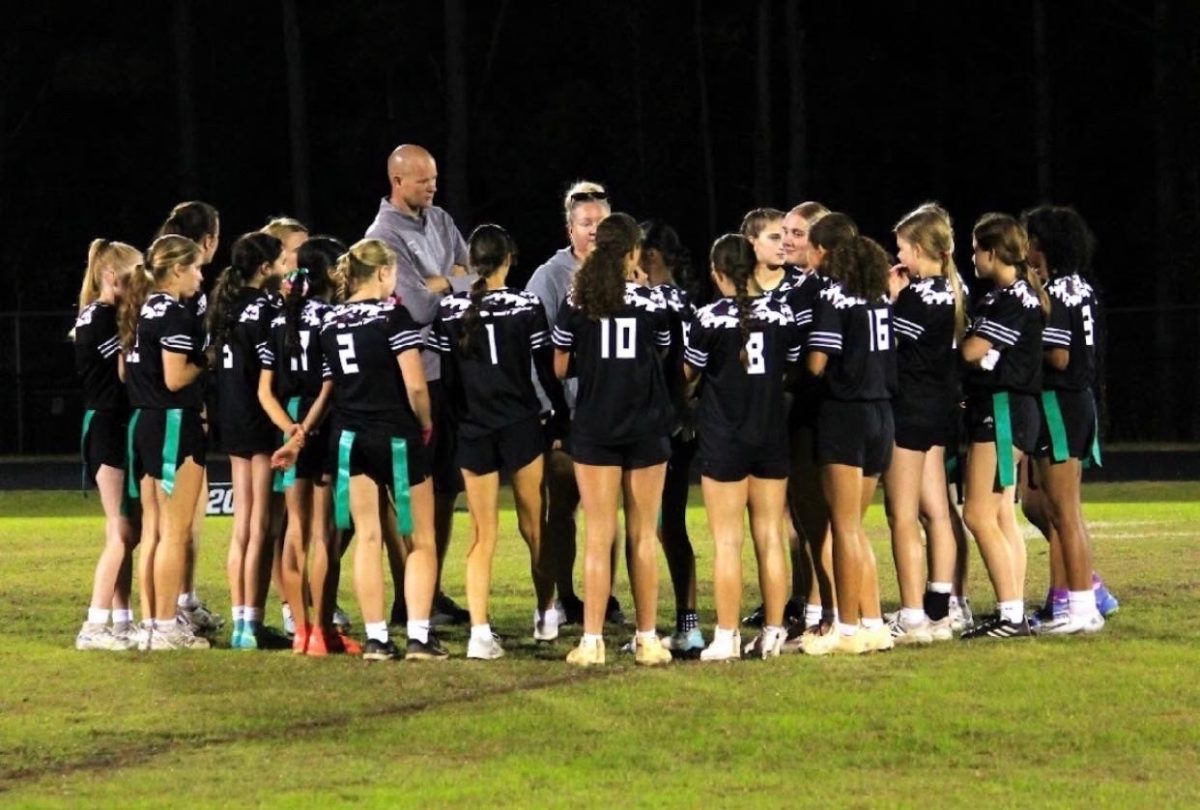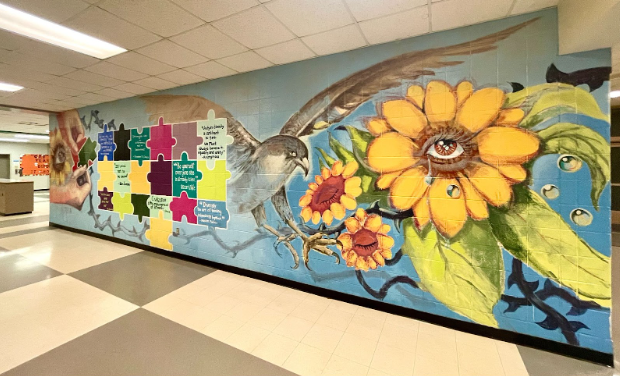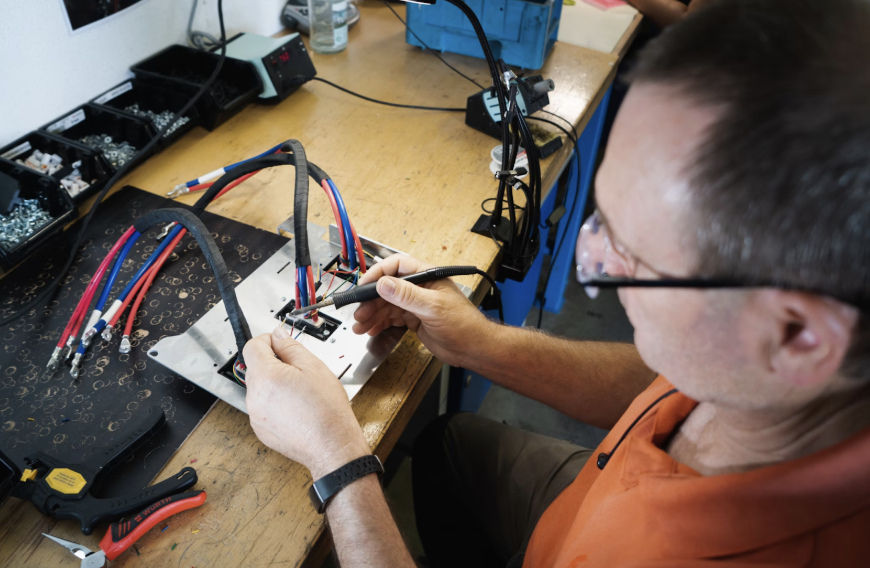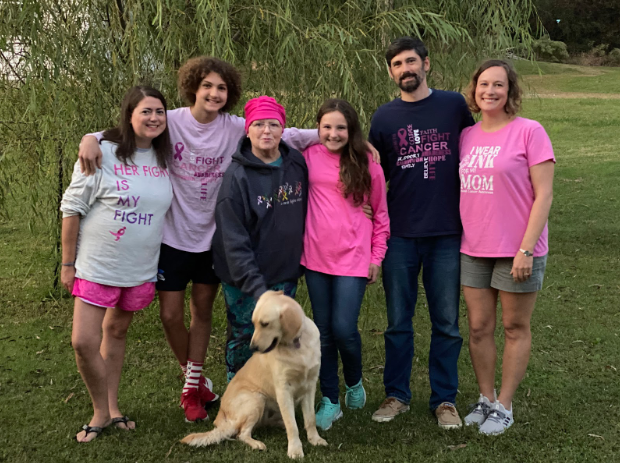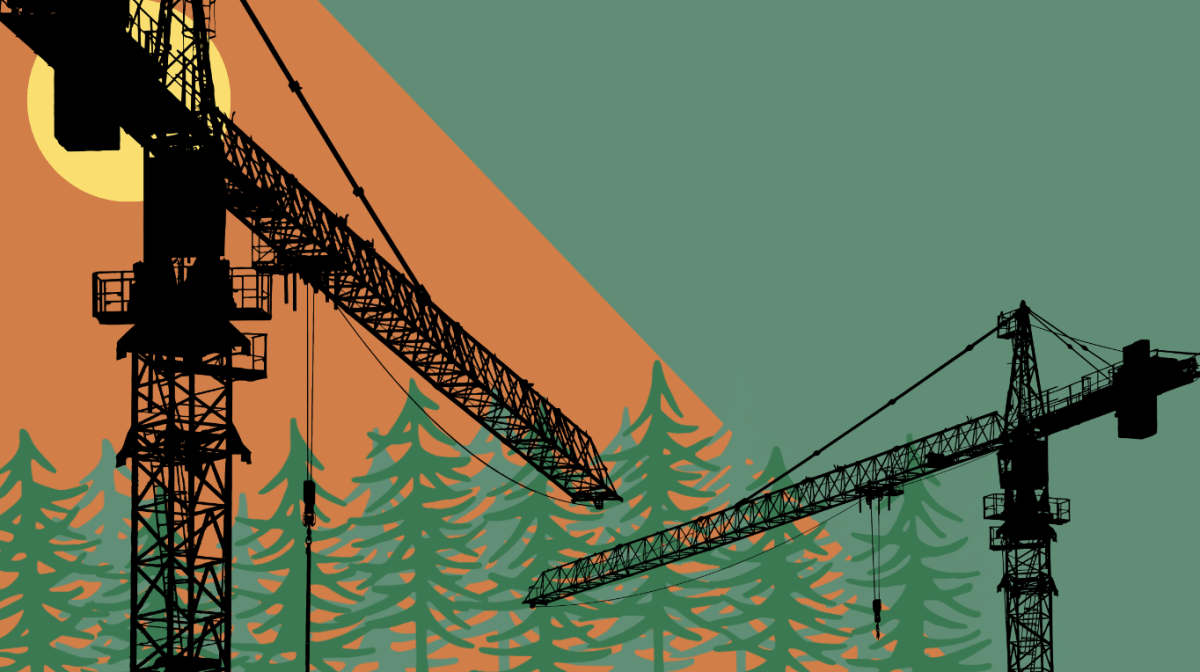Careless driving puts more than a driver at risk; it endangers the lives of those around the vehicle including pedestrians and workers on the sides of roads.
A hit-and-run killed Michelle Renee Von Seggern on April 11, 2024. An employee at Barnhill Contracting Company, the 53-year-old construction worker died at the site. The driver, 29-year-old Dakota Quinn Knight, was taken into custody by police. Von Seggern worked at the company for three years, and “was a mother figure to anyone, especially her work crew,” according to her memorial.
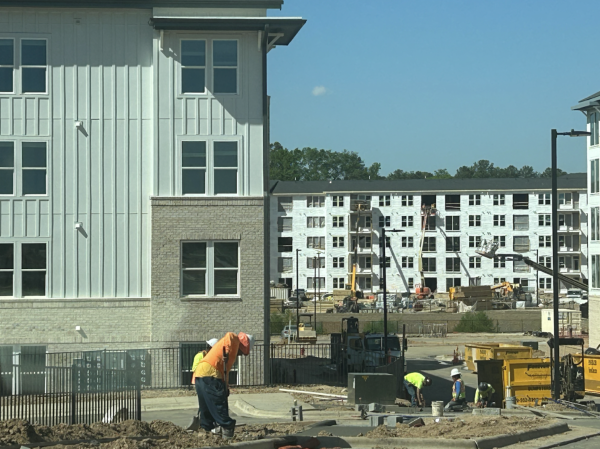
Barnhill Contracting Company encouraged employees to engage in Work Zone Awareness Week to honor her legacy and raise awareness surrounding construction worker safety. “This week is meant to create an influx of awareness around this issue, but please pay extra attention every day when you drive through these work zones,” said the company, in an email to workers.
Derek Strickland, a project manager for Barnhill Contracting, opened up about the loss of Von Seggern. “That [Von Seggern’s passing] was a tough situation because we did everything right and still lost a worker, a team member, somebody that came to work and didn’t get to go home.”
To implement a safe working environment for construction workers, traffic control devices such as traffic cones, drums, signs and variable message boards are used to alert drivers of a construction site. However, even after taking all the safety precautions necessary to ensure a safe work environment, Von Seggren still suffered a roadside accident and passed away.
“It [Von Seggern’s passing] was a situation where there was one factor out of our control: an impaired driver. That impaired driver caused that accident and caused that loss, and there’s nothing we can do about that because like I said, we did everything we were supposed to do above and beyond to try to ensure that we had a safe work zone,” said Strickland.
Von Seggern’s death isn’t an isolated accident. In recent years, construction workers are at increasing risk of fatal workplace accidents. In 2018, 673 construction workers lost their lives in fatal work zone crashes. By 2021, that number jumped to 874, according to The National Work Zone Safety Information Clearinghouse, which collects data on worker and pedestrian safety for the construction industry. However, some organizations are trying to change that.
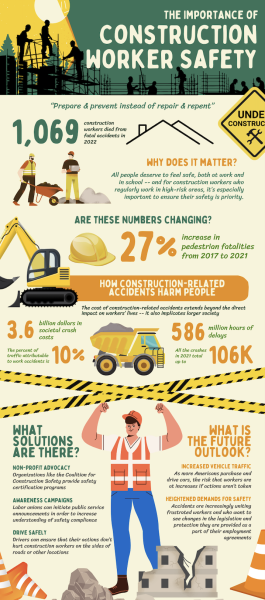
Marcy Watson is the executive director of the Coalition for Construction Safety (CCS), a non-profit organization with branches across 35 states and advocates for increased construction worker safety conditions. “We have been around for many, many years to ensure safety on job sites. We also do a lot of education programs,” she said.
Initially founded in 1992, CCS runs two primary programs to boost workplace safety in construction. The first is a substance abuse program that tests on-site workers for drug usage. “We don’t want to impair workers, whether it’s alcohol or drugs on job site, because that obviously affects safety, so that’s one of our big programs,” she said.
The other is a CCS certification program. Although industry-standard rules from the Occupational Safety and Health Administration (OSHA) are required, the coalition ensures that these regulations are followed. “You could have a textbook with what you’re supposed to follow, but then do you actually do it? So our certification program, we have different levels depending on you know, if you meet basic OSHA (Occupational Safety and Health Administration) requirements.”
Watson attributed unsafe driving to many construction worker fatalities. Although driving a few miles per hour above the speed limit may not impact the driver, it vastly impacts the risk of pedestrian and worker accidents.
“We lose a lot of construction workers that are hit by drivers driving too fast in a work zone. And I know a lot of people are guilty of this. I drive the work zones and I’m the one that’s meeting the speed limit and I’ve got people flying by me and irritated that I’m like, driving so slowly but I worry about those workers that are out there,” Watson said.
The risk of accidents increases when teenagers take the wheel – the Center for Disease Control and Prevention (CDC) stated that teenage drivers are more likely to drive over the speed limit and are involved in more fatal crashes than adults.
She highlighted the importance of following imposed speed restrictions and driving carefully around construction workers. “[Workers are] at risk, especially if drivers are under the influence or anything like that. So one way that a community can really help is to follow the speed limit [in] work zones. That’s obviously for roadside safety,” she said.
Green Hope students face similar challenges as pedestrians when they walk to or from school. Green Hope junior Jennifer Hong detailed how she felt walking to school daily as an underclassman. “There are even times [when] random teenagers would open the window and randomly curse at the students walking on the pavements,” she said. “It [reckless drivers] does make me uncomfortable and unsafe too when some people drive really fast. I felt like they could easily hit me if they lost control of their steering wheel which might happen considering their infamous driving skills.”
Hong walked home along a narrow sidewalk that bordered Carpenter Upchurch Road and, during her sophomore year, a construction zone. Cars on the road regularly drove above 45 miles per hour. Her experience mirrored the dangers that pedestrians not working encounter on sidewalks. The National Work Zone Safety Information Clearinghouse found that 130 non-working pedestrians lost their lives at construction areas.
Now, Hong no longer feels safe walking, and, instead, opts to take the bus or carpool home. She attributed part of her decision to how unsafe she felt on the side of the road. “If I have to walk home, there are some parts of the way without side[walks], so I would have to walk on the roads for a little bit. I would get extremely close to the cars which makes me feel unsafe,” she said.
However, Watson believes that improving safety conditions requires work from both employers, employees, and the larger community. “Training is the number one thing that ensures that workers are safe, so to make sure that when they send somebody out that they are well trained, and they know what they’re doing, and there’s also they should be doing risk analysis every day or job site analysis,” she said, explaining the intricate work required on contracting companies’ part.
She also emphasized the importance of adopting practices of situational awareness. “Situational awareness is a big thing that an individual needs to do and companies need to make sure that their people are trained properly for the work that they’re doing, and be aware of the safety issues,” she said.
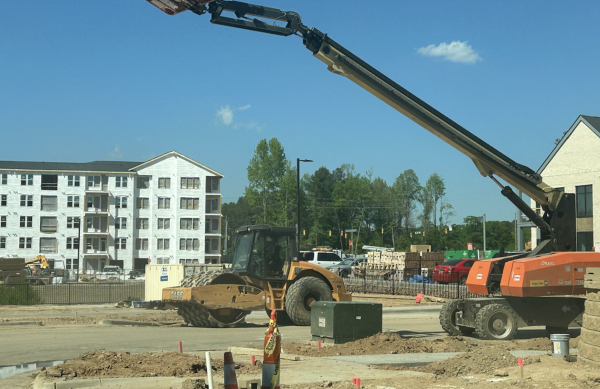
For workers, maintaining mental health is essential to preventing fatigue and feeling safe. “To make sure that people are not only physically healthy but psychologically healthy,” Watson said. “So we continue all across the country to make, you know, to try to better train and better prepare our people and, you know, to have a safe, you know, work environment for everybody that’s going on.”
Watson expressed her desire for people to watch their driving safely and continues to work with the CCS in developing safety standards. “We all drive on roads, and we all go in buildings. So if it isn’t for those construction workers, you know, we’re not able to have our livelihoods that we so enjoy. So it’s really critical that people are aware and that if you work in that industry, make sure that you’re safe.”
To the larger community, Strickland emphasized the responsibility that drivers have to ensure workers’ safety. “Please slow down. Don’t be distracted and pay attention when you’re in a work zone. Distracted driving is the most lethal cause that we see.” Such caution has real implications for roadside crews – it could save lives. “You would be surprised at the amount of people we see come through a work zone staring at their telephone and not paying attention to where they’re going. Distracted driving is the number one cause of accidents in the work zone.”
As the third week of April marks National Work Zone Awareness Week, the importance of the safety of those working in construction zones is highlighted. By promoting safer practices from advocates like Strickland and Watson, they hope to make construction sites safer environments that reduce work zone accidents.





















